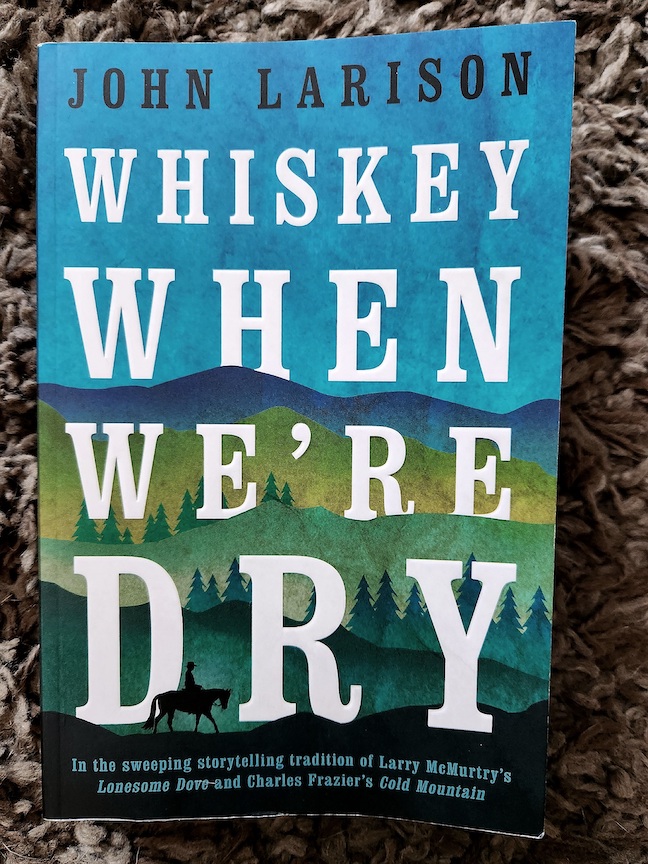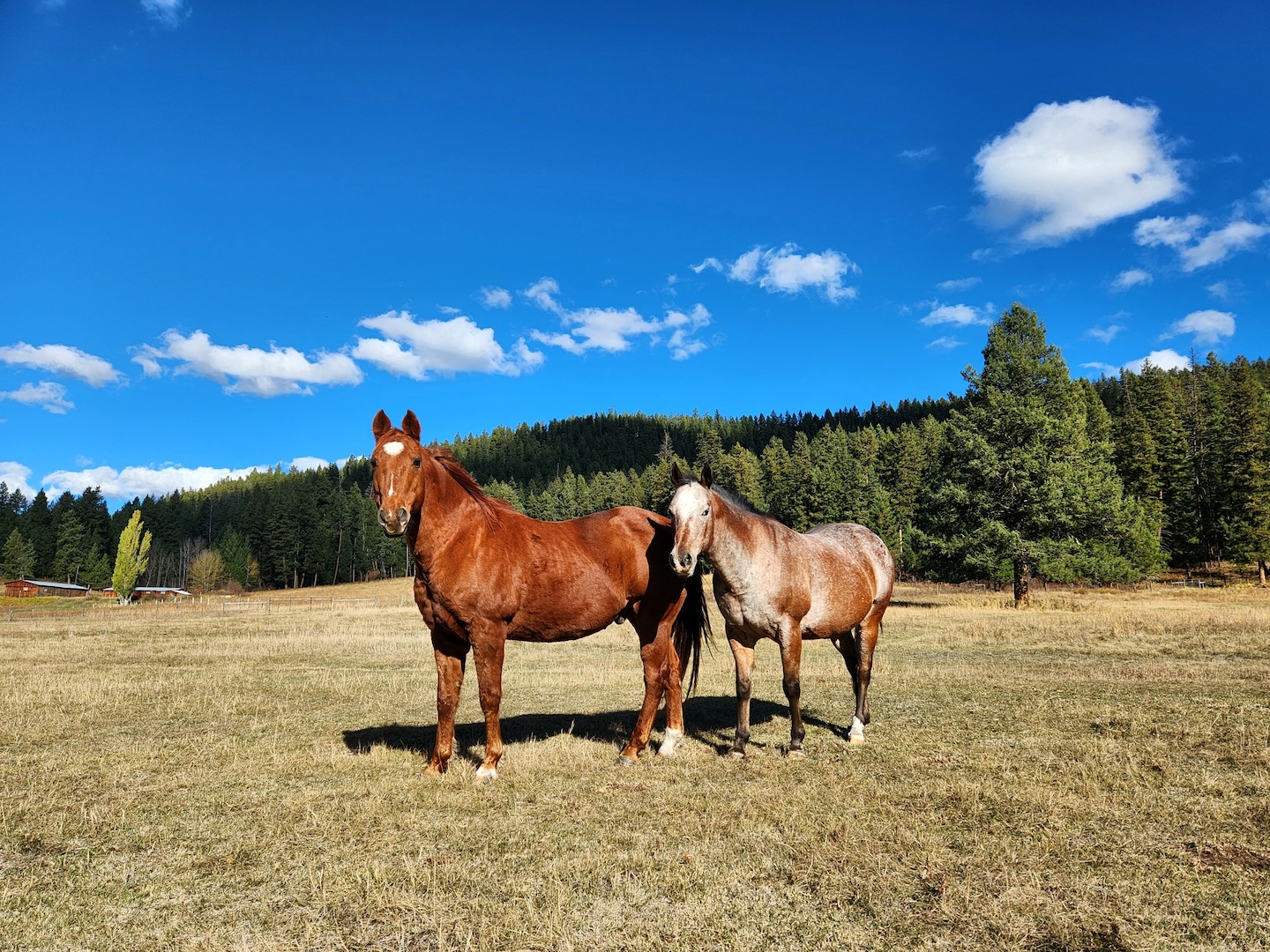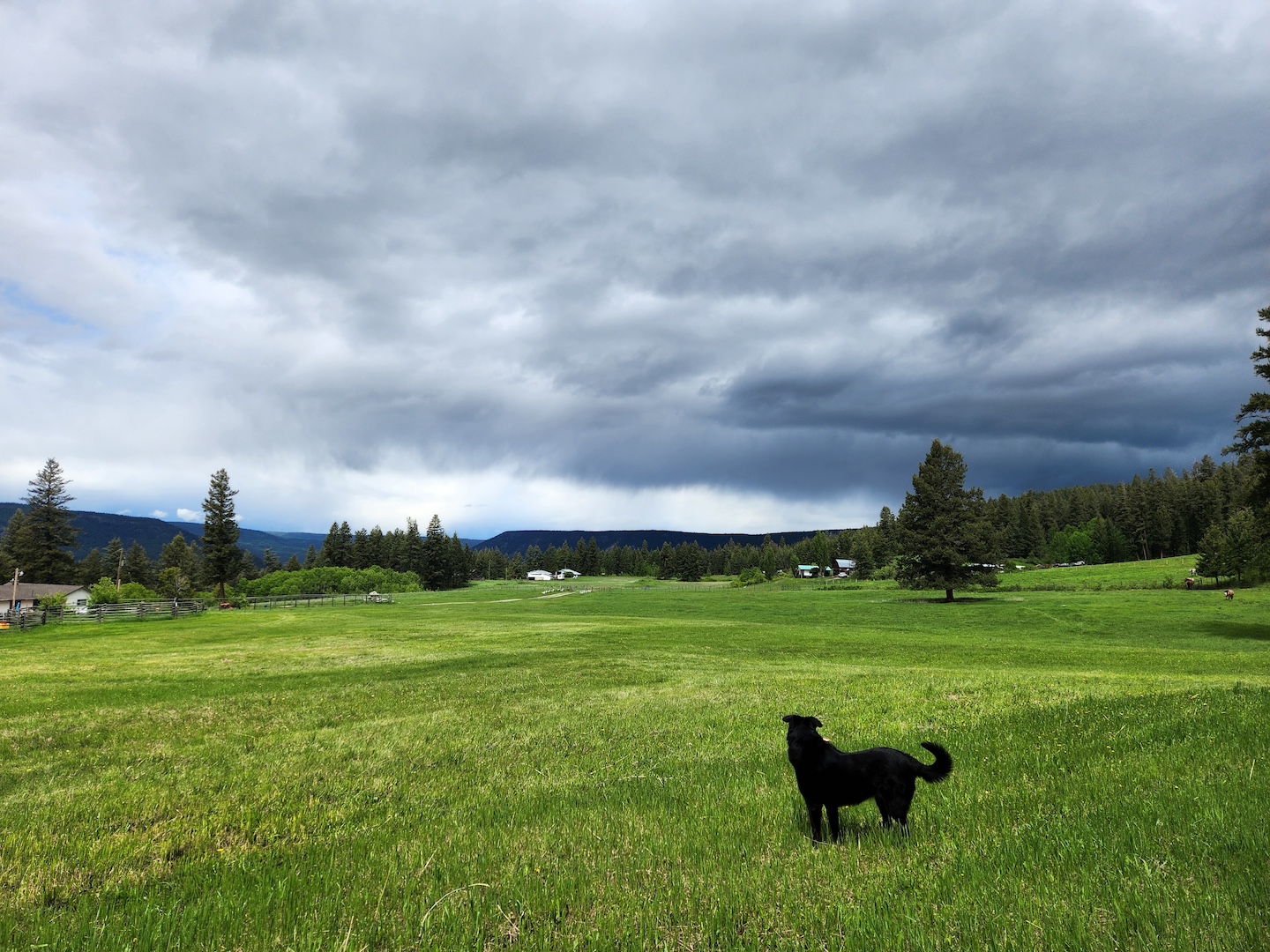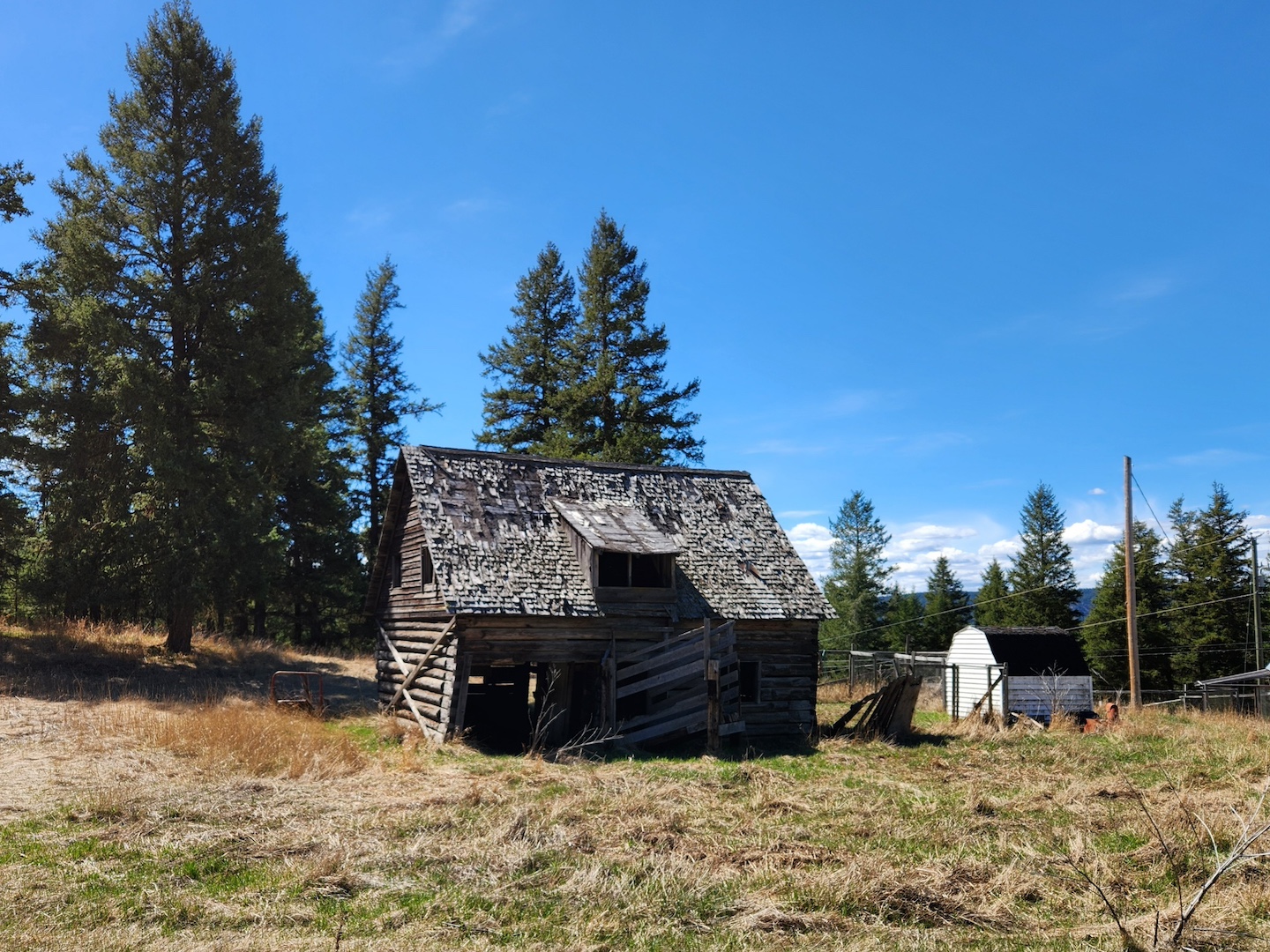Author: John Larison
Published: 2019
Mood: If you’ve been on a streak of duds and need a novel that hits every single mark without fail while delivering a collection of characters so vivid you never want to let them go.
It’s a rare gift in this life when you find a book so perfect that it leaves you with an ache deep within your chest when you finish reading, and you have to kind of mourn its loss for a few days afterward. You don’t want to pick up another book, for fear of erasing any memory of what you just experienced.
That sounds like a whole lot of hyperbole, but I finished Whiskey When We’re Dry on Friday morning and I didn’t start another book until Saturday night. That’s a LONG stretch for me.
This book kept me up way past bedtime on work nights, devouring the story and desperate to know more. There was never a spot where I was like “okay, this is a good place to break for the night.” That spot does not exist. I had to force myself to put it down every single time for the sake of my clients the next day.
I instantly wanted it to be made into a movie, but also for Hollywood never to touch it. Dare I say, it’s my new favourite Western.
Whiskey When We’re Dry draws a few elements from the true tale of Butch Cassidy’s Wild Bunch, but not so many that I’d call it a retelling or even fully ‘loosely based on’ those people. It also has all of the best aspects of female-led Western novels I’ve loved – like the dogged perseverance of Mattie in True Grit and the gender-bending of Outlawed and the sweeping memoir style of Buffalo Girls – but with a totally unique take. You get scene-setting descriptions on a level with McMurtry and L’Amour and immersive, authentic dialogue.
I’m gushing. I don’t normally gush. But in this case, it’s extremely well deserved. It’s a book for people who love great yarns and for horse girls, for Western fans and for those who enjoy quality literature. It touches on race and gender, family and chosen family, sexuality and religion, on being weak and on doing good.
If I could add an extra star to the rating, I would.

Whiskey When We’re Dry opens with Jessilyn Harney telling the story of how her family came to Kansas, and a hard life with one tragedy after another that lead to Jessilyn finding herself abandoned on their failing farm by her older brother, orphaned, and broke.
She decides that the only way to get her life right is to reunite with her brother, who has become a notorious outlaw with a large bounty on his head. And the best way to do that is to join the rich and powerful governor hunting him with a network of armed forces. So Jessilyn cuts off her hair and binds her chest to become Jesse Straight, a gifted shootist who impresses his way into the governor’s favour.
Jesse gets to experience the wider world as Jessilyn never would have, learning hard lessons about herself, her gender, her romantic inclinations, her family’s secret past, and even what ‘family’ really means to her.
But life among the 1% of society is full of danger, above and beyond the constant threat of her true identity being discovered. When Jesse finally finds Noah, it doesn’t exactly solve everything like she had hoped.
![]()
The character of Jessilyn/Jesse/Jess is a voice that forms an instant connection. You may not have been alive in the Old West, but you know it intimately through the flavourful narrative of Whiskey When We’re Dry.
- Jess’s habit of being quiet and guarded leaves lots of room for the conversations of a diverse cast of supporting characters
- Every single one of them contributes to the dialogue with the weight of a fully realized backstory and a purpose in the moment – like they all feel as though they keep going in a story you can’t see when they leave the scene and you’d want to read that story, too, which is a huge testament to John Larison’s skill at character development
And then there are the vivid descriptions of the places Jess goes and the events that occur. This is where you get the rhythm of her personality and way of seeing the world, through the words she chooses and how she puts them together to paint a picture.
Whether it’s talking lovingly about her horse and their deep connection, speaking of her brother with childlike reverence and naivety, or the unflinching and honest way she recounts fights, injuries, gore, and killing, you can’t help but be enthralled. Author Larison guides you through moments ranging from the total calm before taking a shot in a contest to gripping think-fast danger in a siege, and back to the stillness of enjoying a long view.
![]()
Sometimes a book tries too hard to do too much. Whiskey When We’re Dry accomplishes exactly the right amount without straining the storytelling. You see the Old West through new eyes, but it’s not shouting “hey, I’m woke over here!”
- There’s a strong POV on rich, white male settlers (the governor and the Mormon cattle baron) and how the wealthy treat others, seen through female, Black, and poor perspectives
- There’s a definite theme of questioning faith and what faith means to each character, but again, you get a huge balance of perspectives
- Noah is the walking definition of ‘self righteous’, convinced God is speaking through him and has granted him invincibility, charming everyone but dangerously unstable (and seriously can’t forgive him for what he did at the start of the book – he never would have come back for Jess or sent money to them, he was so addicted to his fame and power)
- Greenie will probably stay in the closet until the day he dies after watching his peers brutally murder a fellow soldier for being gay
- Drummond’s story is one of a hired gun who knows nothing but killing on orders, suddenly finding himself aging out of usefulness
- Constance is a budding feminist and warrior for civil rights who hasn’t yet learned where to channel her ideas and energies before she’s put to the test
- Jess has weaknesses in whiskey and in her unshakable belief in her brother, both of which cause her (and those in her path) a lot of pain and suffering
- Jess also never puts a specific label on her gender or sexuality because there weren’t really such labels at the time, but by the end you can tell she’s living authentically, which makes all of the final scenes at once heavy and freeing
![]()
I usually roll my eyes when reviews say that a book is about learning ‘what it means to be a man/woman/hero’ – but this book really does call into question the meaning of life for each of its characters. And yet it’s also like a crazy fast gallop across a wide open plain from start to finish. Every chapter has a juicy piece of action, and no shortage of grizzly, unflinching fallout. This is a masterclass in dramatic tension.
Again, I want it to be a movie, and yet I also don’t. The rights were bought up back in 2018, before the book was even published. We’ll see.
Whiskey When We’re Dry has also been nominated for and won a bunch of awards, including being a finalist for the Ken Kesey Award for Fiction which makes me love it even more, given how much I adored Kesey’s The Last Go Round. Maybe there’s something in the water down in Oregon.
According to John Larison in an interview with About the Authors, it was the perfect combination of a walk outside, a sudden sprinkling of snow, and the right track playing in his ear that sparked this novel and the story of the Harney family. And we are damn fortunate to have it in the genre.


